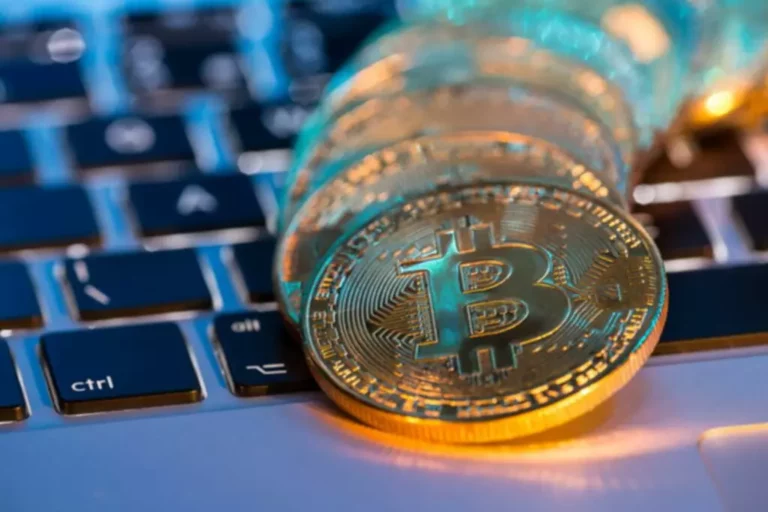Prop companies are virtually unregulated in lots of instances since they don’t use the shopper funds to conduct trading operations. Therefore, it is imperative Volatility (finance) to carry out due diligence and vet the prop corporations should you plan to partner with them. Regardless of their measurement or origin, p. trading companies must navigate the nuances of liquidity to make sure efficient buying and selling operations.
The Function Of Prop Firm Software In Buying And Selling
It’s an online platform supplied by foreign exchange brokers that serves as a centralized hub for traders to handle their buying and selling activities. It contains features corresponding to multi-currency wallets, superior analytics tools, real-time market news, customizable trading terminals, economic calendars, and detailed trading historical past stories. Prop corporations give demo accounts to their merchants Liquidity Provider for prop firm, giving them access to a simulated buying and selling setting.

For Any Ctrader And Zerox Brokers
Traders can effortlessly access important statistics and details at their fingertips, enabling them to visualize the growth of their challenges with ease. All content, together with the design and structure of this website, is the property of UNFXCO or its affiliates. You could print, copy, obtain, or temporarily retailer materials from this website for private use, offered they proceed to be unaltered.
Why Choose Prop Agency Solutions?
The module was developed based on extensive customer growth and with the participation of brokers. Prop trading has gained lots of momentum in latest times, introducing a buying and selling mannequin that rewards experimentation and creativity without skyrocketing the corresponding risks. However, to attain success in prop buying and selling, your main concern must be obtaining a reliable and consistent liquidity supply. However, building such a robust platform from scratch can show pricey and time-consuming.
When established brokerages embark on the journey of expanding into proprietary trading (prop trading), they carry with them advantages that stem from their longstanding presence in the financial markets. So, it is essential to construct an surroundings the place you give your merchants the maximum chance for success. Moreover, prop firms can also provide learning materials and different useful sources to educate their newcomer merchants. Inviting fresh faces to your prop trading setting and allowing them to study the ways of foreign exchange, crypto, or other market buying and selling practices may result in spectacular outcomes. Before discussing the function of liquidity, let’s get a fast refresher on the definition of proprietary dealer companies, or prop firms for short.
- It permits your brokerage firm to turn into extra productive and aware of market modifications.
- The greatest obtainable value in the liquidity e-book, also called Top of Book (TOB) value, typically holds a limited quantity of liquidity.
- Additionally, our danger administration options, including good alerts and comprehensive drawdown controls, be sure that you preserve a safe buying and selling surroundings.
One of the most important challenges with this new business model centers around terminology. Concepts that trade veterans have come to understand have been hijacked, innocuously after all, by the prop buying and selling mannequin. This typically leads to unnecessary confusion as folks discover that they’re talking over each other in an effort to know how the prop model works. Transform your proprietary buying and selling operations with our state-of-the-art Prop Firm Management Solution. At UNFXCO, we’re greater than just a service provider; we are your clever partner in reaching success.

Enable your traders to embrace multiple challenges without missing a beat, maintaining their eyes on the prize with intuitive problem progress monitoring. Outshine opponents with a sophisticated referral rewards system, providing custom commissions, profit-sharing and more to your clients. World renowned Metaquotes trading platform integrated with Broctagon’s full solution suite. The products and services featured on this web site are offered by UNFXCO, its subsidiaries, affiliates, or licensed brokers in alignment with relevant native laws and specific agreements.

Our options are tailor-made to seamlessly combine with even probably the most refined HFT methods. Leveraging our in depth experience and state-of-the-art technology, we deliver tailor-made liquidity options, meticulously crafted to meet the precise wants of every of our clients. In a continually evolving trade, having an industry-leading tech resolution supplier like us, with superior liquidity solutions can help your brokerage or prop firm thrive. By collaborating with Leverate, you place your self for long-term success, with the liquidity and instruments needed to remain competitive.
Choosing between these choices is dependent upon your present capabilities, aspirations and operating budgets. Tier-1 liquidity providers or funding banks could be the greatest choice for bigger corporations, whereas smaller companies can search liquidity with tier-2 LPs. However, some buying and selling organisations devised an thought to reverse this method and permit merchants to drive investment selections empowered by trading corporations. In this case, the buying and selling corporations present access to capital, applied sciences and other crucial assets, allowing merchants to acquire everything they need to execute investment methods. The latest integration between Brokeree Solutions’ Social Trading and Spotware’s cTrader lets you provide your purchasers a seamless, feature-rich trading expertise.
A market with good depth is one that won’t expertise a drastic value shift with vital orders. If a market has good depth, it might possibly take in order circulate with out vital impact on the value level. At UpTrader, we’re dedicated to helping you with connecting to any of your most popular Forex or crypto liquidity suppliers.
Their major role is to produce the mandatory liquidity, which permits brokers to facilitate their traders’ orders in the market. This signifies that liquidity providers ensure there are sufficient resources, like varied products and quantity, out there for brokers to execute trades on behalf of their purchasers effectively. While other features are essential, essentially the most pressing problem in creating the prop trading agency is acquiring abundant liquidity sources. Acquiring the liquidity reserves varies from business to industry, with FX prop trading companies having a better time while crypto prop merchants may wrestle significantly when scouring the market.
The provision of nominal accounts in various currencies may be advantageous, together with the capability to course of deposits and withdrawals using major currencies, metals, stable tokens or cryptocurrencies. Liquidity refers back to the capability to purchase or sell a safety or an asset available in the market shortly with out significantly affecting the asset’s value. In other words, it’s the degree to which a selected asset may be simply transformed into cash. This new characteristic is available to all UpTrader prospects, from these on the basic Self-served plan to these on the Enterprise plan. Opening a Prop Trading account is simple and could be done directly from your Trader’s room with only a few clicks. Tier-1 banks, such as JP Morgan, Citi, and Barclays, provide deep liquidity and deal with huge transaction volumes every day.
Redistribution of materials without prior written permission from UNFXCO is prohibited, and no part of this website may be reproduced on other websites without approval. While we attempt for steady accessibility and reliability, we can not guarantee uninterrupted access or the absence of occasional technical points. We recommend that customers take commonplace security measures, including safeguarding information and scanning for viruses.
Start your own high-profit forex brokerage in just a few days or scale your existing business with the best-in-class forex software XCritical https://www.xcritical.in/. Get the perfect Turnkey Forex Solutions that will provide your business with efficiency, stability, and maximum profit.







